The Science of Repelling Water: Exploring the Fascinating World of Hydrophobic Surfaces
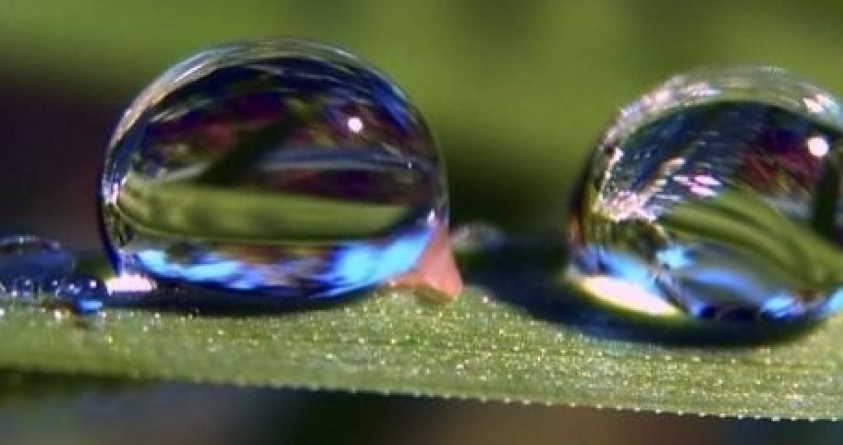
Hydrophobic surfaces are surfaces that have a natural tendency to repel water. The word hydrophobic comes from the Greek words “hydro” meaning water and “phobos” meaning fear, indicating that hydrophobic surfaces fear or avoid water. This property is the result of the low surface energy of the surface, which causes the water droplets to acquire a spherical shape and roll across the surface instead of wetting it.
The study of hydrophobic surfaces has become an important area of research in several fields, including materials science, engineering, biology, and chemistry. The researchers are interested in understanding the fundamental principles that govern hydrophobicity and developing techniques to create synthetic materials with these properties.
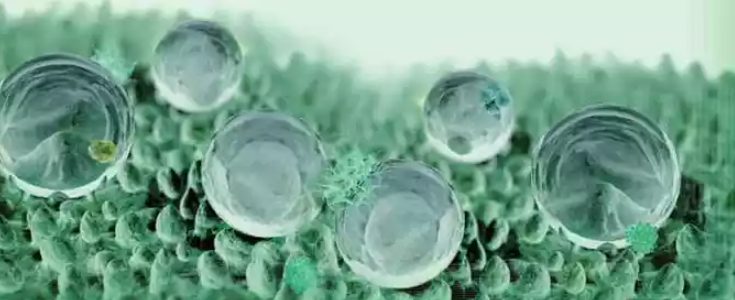

One of the most famous examples of hydrophobic surfaces is the lotus leaf. The leaves of the lotus plant are covered in microscopic bumps that trap air and prevent water from sticking to the surface. This creates a self-cleaning effect, as dirt and other particles are washed away by water droplets falling from the surface. This property has inspired the development of superhydrophobic materials that can be used in applications such as self-cleaning windows, water-repellent fabrics, and anti-icing coatings for aircraft wings.
Another example of hydrophobicity is seen in the wings of some insects, such as the water strider. The surface of its wings is covered with tiny hairs that trap air and allow the insect to float on the surface of the water without breaking surface tension. This property has inspired the development of biomimetic materials that can mimic the structure and properties of insect wings.
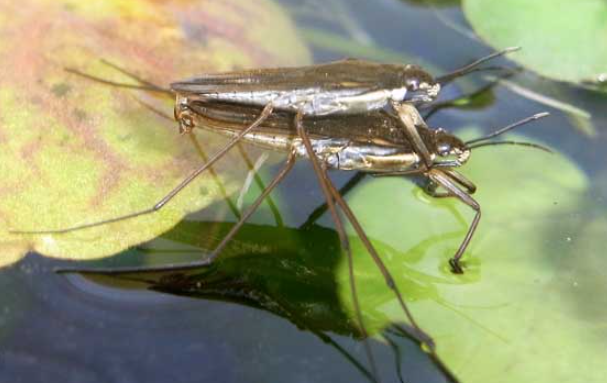
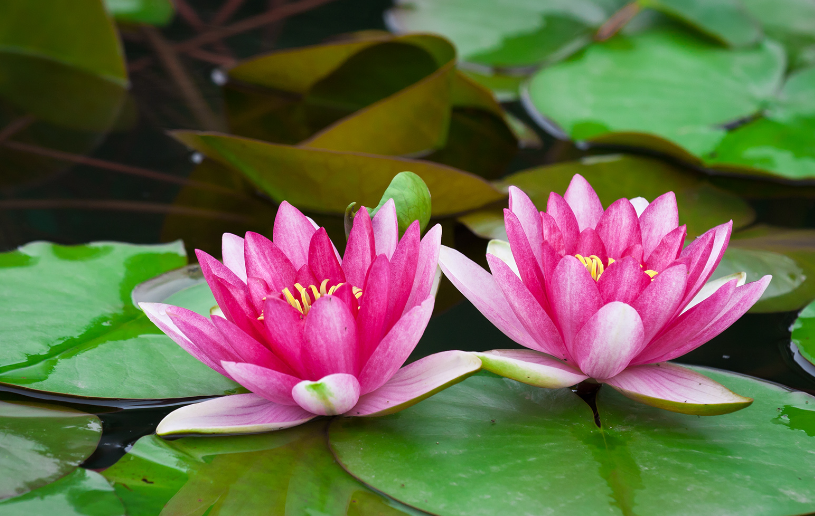
The study of hydrophobic surfaces has also given rise to new insights into biological processes such as protein folding and the behavior of water molecules near cell membranes. Additionally, the researchers are investigating how hydrophobic interactions contribute to the stability of certain materials and how they can be used to control the behavior of molecules in solution.
In general, the study of hydrophobic surfaces is a fascinating and rapidly evolving field with a wide range of applications and implications for various areas of science and technology.
Let’s watch the following video and watch a clear experiment on hydrophobic surfaces, try it at home!

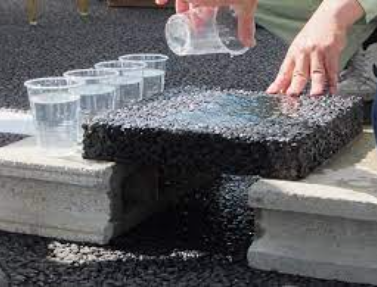
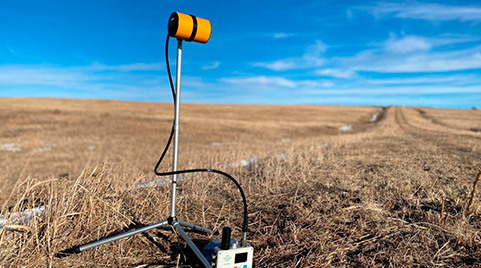

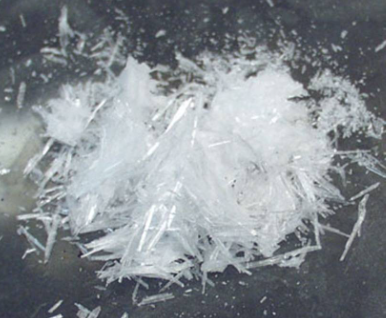
Responses